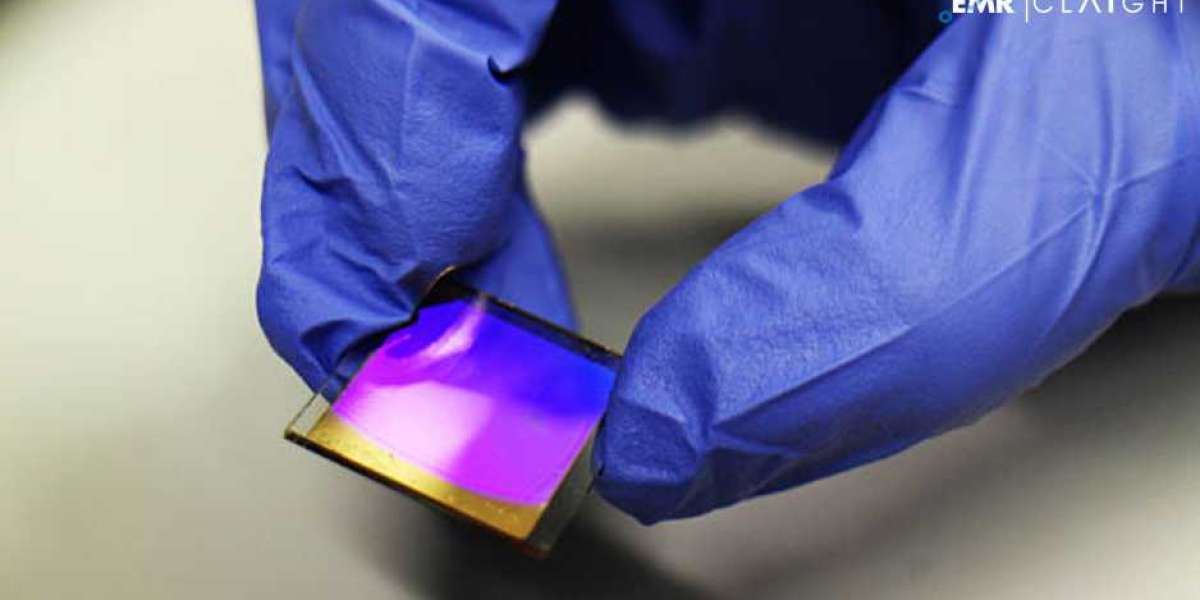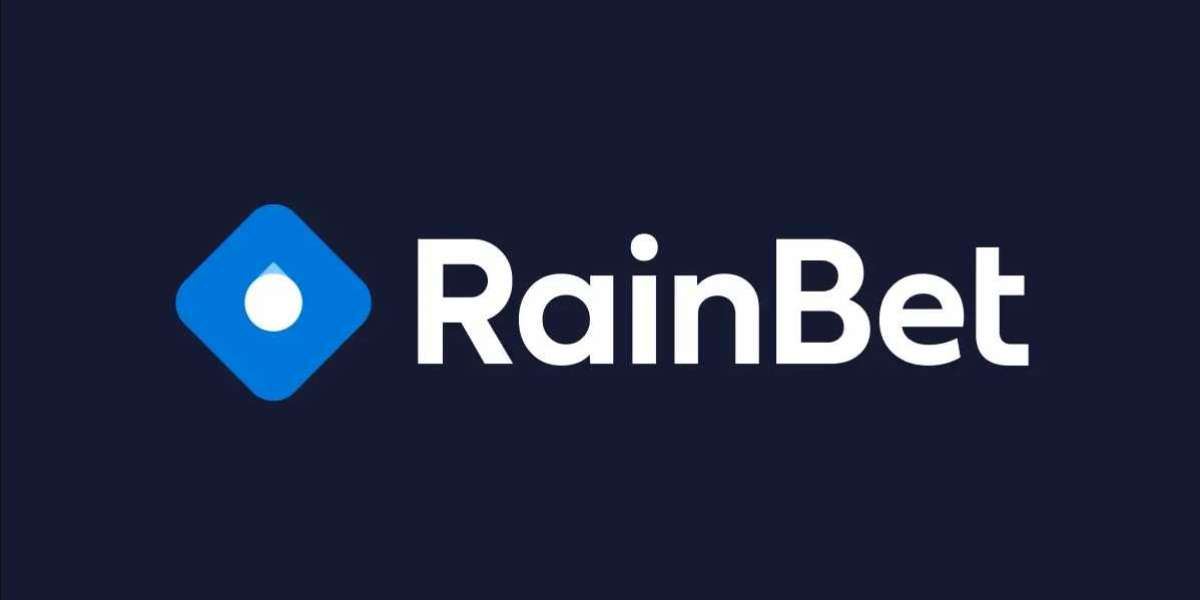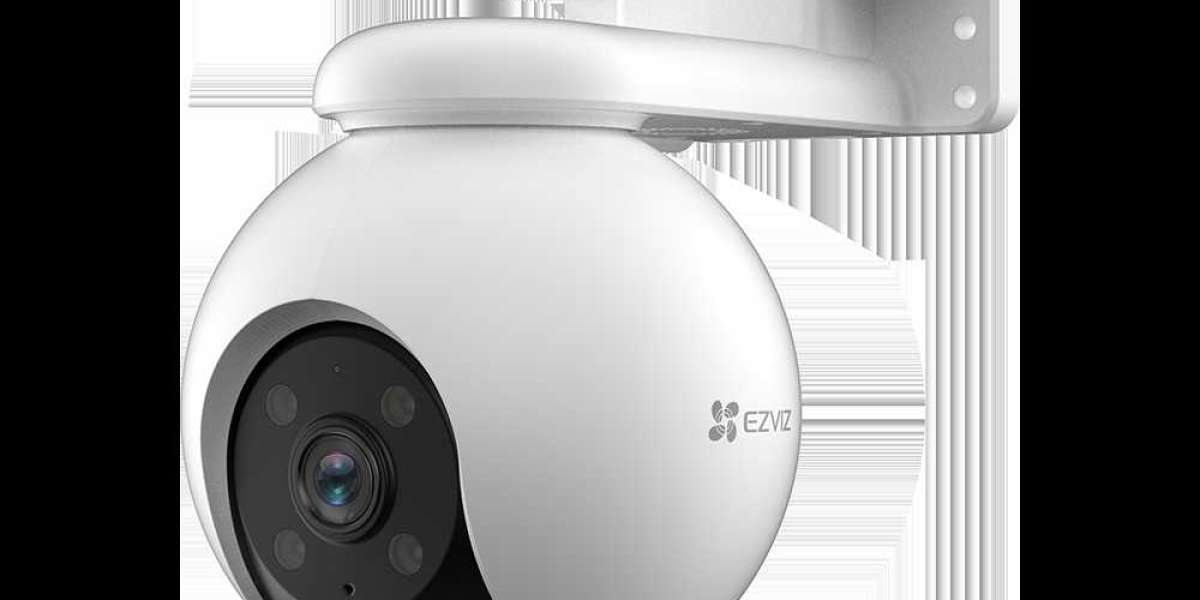The global biosensors market has witnessed tremendous growth over the past few years, driven by the increasing demand for point-of-care testing (POCT) and advancements in biosensor technology. As of 2024, the biosensors market value is pegged at USD 7.98 billion, with an impressive compound annual growth rate (CAGR) of 6.40% projected between 2025 and 2034, taking the market value to USD 14.84 billion by 2034.
This article will provide an in-depth analysis of the global biosensors market, focusing on the drivers of growth, key market trends, segmentation, opportunities, challenges, and key players shaping the future of this dynamic industry.
Global Biosensors Market : Overviews
Biosensors are analytical devices that convert a biological response into a measurable signal. They are widely used in healthcare, environmental monitoring, food safety, and industrial applications. A typical biosensor consists of a bioreceptor, a transducer, and an electronics unit that converts the biological signal into readable data. The most common types of biosensors include enzymatic biosensors, immunosensors, and DNA biosensors.
Biosensors are revolutionising healthcare, particularly with their applications in point-of-care diagnostics, where rapid and accurate detection of diseases is critical. This sector has seen a significant surge due to the growing prevalence of chronic diseases, such as diabetes and cardiovascular diseases, which require constant monitoring.
Get a Free Sample Report with Table of Contents : https://www.expertmarketresearch.com/reports/biosensors-market/requestsample
Market Overview
The global biosensors market is undergoing rapid expansion. In 2024, the market is valued at USD 7.98 billion, and with a strong CAGR of 6.40% from 2025 to 2034, the market is poised to reach USD 14.84 billion by 2034. Several factors are driving this remarkable growth, including:
- Technological advancements in biosensor design and functionality
- Increased demand for non-invasive diagnostic tools
- Growing focus on personalised medicine
- Increasing adoption of point-of-care testing (POCT) for quicker diagnoses
- Rising prevalence of chronic diseases and infections globally
Key Drivers of Biosensors Market Growth
1. Demand for Point-of-Care Testing (POCT)
The demand for point-of-care testing (POCT) is one of the primary drivers for the global biosensors market. POCT allows for immediate test results, facilitating quick medical decisions in critical situations. Unlike traditional laboratory testing, POCT is conducted outside of medical labs, often at the patient's bedside, in clinics, or even in-home settings. This type of testing is gaining popularity in disease monitoring, particularly for diabetes, heart diseases, and infectious diseases.
Point-of-care biosensors have the ability to provide real-time results, making them ideal for use in emergency and routine diagnostics. This market segment is expected to grow significantly during the forecast period due to the increasing demand for faster, more efficient diagnostic solutions.
2. Technological Advancements in Biosensors
Advancements in sensor technology, miniaturisation, and biomaterial development have contributed to the expansion of the biosensors market. Modern biosensors are becoming increasingly more sensitive, faster, and cheaper, enabling wide-scale adoption. Wearable biosensors, for example, are gaining traction in continuous health monitoring applications, allowing patients and healthcare providers to keep track of vital parameters like glucose levels, blood pressure, and oxygen saturation.
Additionally, the integration of AI and machine learning with biosensor devices is improving diagnostic accuracy, facilitating predictive analytics, and enabling better clinical decision-making.
3. Rising Prevalence of Chronic Diseases
The growing burden of chronic diseases such as diabetes, cardiovascular diseases, and cancer is a significant factor driving the biosensors market. These diseases require continuous monitoring and testing, creating a higher demand for reliable and portable biosensor devices. For instance, glucose monitoring systems are one of the most widely used biosensors for diabetes management, while ECG biosensors help in monitoring heart disease patients.
As the global population ages and the prevalence of chronic diseases continues to rise, the demand for biosensor-based diagnostics will increase, further boosting market growth.
4. Increased Awareness of Preventive Healthcare
There is a growing emphasis on preventive healthcare, with an increasing number of people choosing to monitor their health regularly. Wearable biosensors and home testing kits allow users to take charge of their health by regularly measuring critical biomarkers like blood glucose, cholesterol, and even stress levels. As healthcare systems around the world shift toward preventive care, the market for biosensors is expected to thrive.
Key Market Segments
1. Type of Biosensor
Biosensors are classified into several types, based on the specific bioreceptor used:
- Electrochemical Biosensors: These are the most commonly used biosensors and are known for their high sensitivity and ease of use. They are used in glucose monitoring and food safety applications.
- Optical Biosensors: These biosensors use light to detect biological reactions and are used in various applications, including medical diagnostics and environmental monitoring.
- Piezoelectric Biosensors: These sensors detect changes in mass and are widely used in medical diagnostics and environmental testing.
2. Technology
Biosensors can be divided into the following categories based on the technology they use:
- Enzymatic Biosensors: These use enzymes as bioreceptors to detect specific substances.
- Immunosensors: These use antibodies to detect antigens and are used in disease diagnostics.
- DNA Biosensors: These use DNA or RNA as receptors and are typically used in genetic testing and pathogen detection.
3. Application
The biosensor market is used across various sectors, including:
- Medical Diagnostics: With applications in monitoring glucose levels, blood pressure, cholesterol, and detecting infectious diseases.
- Environmental Monitoring: Used for detecting pollutants, toxins, and pathogens in the air, water, and soil.
- Food Safety: To detect pathogens, allergens, and contaminants in food and beverages.
- Biotechnology: Utilised for research and development in drug discovery, genetic research, and disease study.
4. End-User
The major end-users of biosensors include:
- Hospitals and Diagnostic Centres: These facilities utilise biosensors for quick and accurate diagnostic testing.
- Home Healthcare: With the increasing trend of at-home diagnostics, this segment is growing rapidly, especially for chronic disease management.
- Pharmaceutical Companies: Used in drug development and testing processes.
Regional Insights
1. North America
North America is expected to hold the largest share of the biosensors market. The region is home to a significant number of healthcare facilities and biotech companies, which are driving the demand for advanced biosensing technologies. Additionally, increasing healthcare expenditure, higher awareness of preventive healthcare, and the availability of innovative biosensors contribute to the region's dominance.
2. Europe
Europe is a prominent market for biosensors, particularly due to the rising prevalence of chronic diseases and the demand for POCT. The European Union’s strong healthcare infrastructure and government initiatives promoting healthcare innovation further fuel market growth.
3. Asia-Pacific
The Asia-Pacific region is expected to grow at the highest rate due to increasing healthcare investments, rising healthcare access in emerging economies, and a high demand for low-cost, portable biosensors. Countries like India and China are seeing rapid adoption of point-of-care diagnostic devices, contributing to the region’s expansion.
Challenges and Restraints
While the biosensors market is growing, it faces several challenges:
- High Costs: Some advanced biosensors, particularly for specific applications like continuous glucose monitoring, are expensive, limiting their adoption in lower-income regions.
- Regulatory Hurdles: Biosensor devices, especially those used for medical diagnostics, must meet stringent regulatory requirements, which can slow down time-to-market.
- Data Security and Privacy Concerns: With the increasing use of wearable biosensors and mobile health devices, issues related to data privacy and security are becoming prominent.
Key Market Players
The biosensors market is highly competitive, with several established players and new entrants vying for market share. Some of the key players in the market include:
- Abbott Laboratories: A major player in the biosensor market, Abbott focuses on glucose monitoring devices and diagnostic biosensors.
- Medtronic PLC: Known for its diabetes care devices, Medtronic has been a leader in the development of continuous glucose monitoring systems.
- Siemens Healthineers: A global medical technology company that provides a wide range of biosensors used in medical diagnostics and point-of-care testing.
- Thermo Fisher Scientific Inc.: Known for its work in the field of biosensors for molecular diagnostics, Thermo Fisher is a leader in the research market.
- Honeywell International Inc.: A leader in biosensors used for environmental monitoring and safety applications.
FAQs
1. What are biosensors used for?
Biosensors are used for a variety of applications, including medical diagnostics, food safety, environmental monitoring, and biotechnology.
2. What is the projected growth of the biosensors market?
The global biosensors market is expected to grow at a CAGR of 6.40% from 2025 to 2034, reaching USD 14.84 billion by 2034.
3. What are the main types of biosensors?
The main types of biosensors include electrochemical biosensors, optical biosensors, and piezoelectric biosensors.
4. Who are the leading players in the biosensors market?
Key players include Abbott Laboratories, Medtronic PLC, Siemens Healthineers, Thermo Fisher Scientific, and Honeywell International.
5. What is the role of point-of-care testing in the biosensors market?
Point-of-care testing (POCT) is a major driver of the biosensors market, enabling faster diagnostics and improving patient care, particularly in emergency and chronic disease management.








